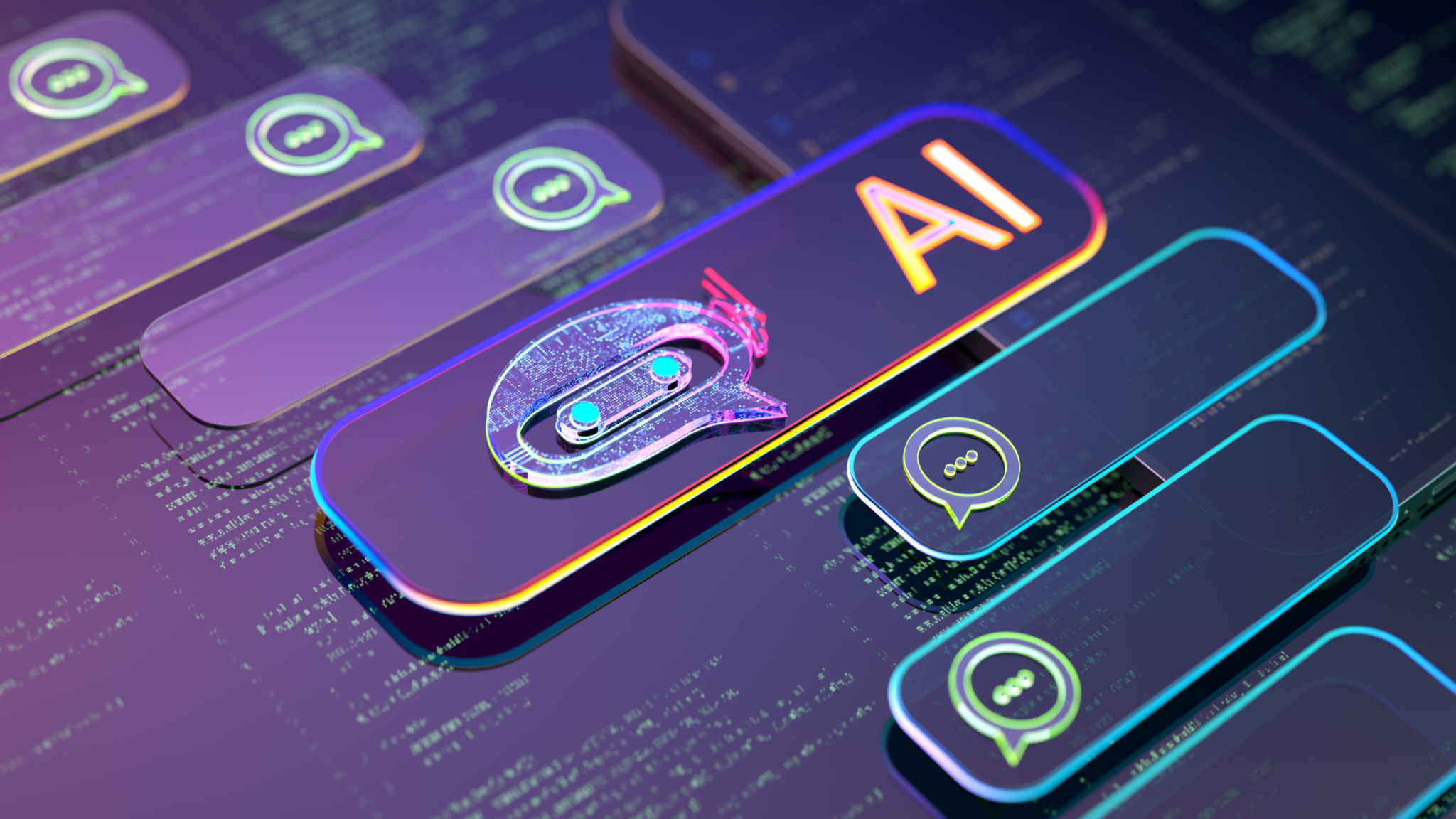Common Misconceptions About AI in Design: Debunking the Myths
Understanding AI's Role in Design
Artificial Intelligence (AI) has become a transformative force across various industries, and design is no exception. However, there are several misconceptions about AI's role in design that can cloud judgment and hinder innovation. It's crucial to debunk these myths to fully leverage AI's potential.

Myth 1: AI Will Replace Human Designers
A common fear is that AI will render human designers obsolete. However, AI is not a replacement but a tool that enhances a designer's capabilities. By automating repetitive tasks, AI allows designers to focus on creativity and strategy, fostering a more efficient design process.
Rather than taking jobs, AI creates opportunities for designers to explore new avenues and push creative boundaries. The synergy between human creativity and AI's analytical power leads to innovative outcomes.
AI and Creativity
Myth 2: AI Lacks Creativity
Another misconception is that AI lacks the ability to be creative. While AI may not possess human intuition, it can analyze vast amounts of data to identify patterns and trends, inspiring new design ideas. AI tools can suggest color schemes, layouts, and even generate initial design concepts based on user preferences.

Moreover, AI can simulate various design scenarios, providing designers with multiple perspectives and solutions. This collaborative approach enhances creativity rather than stifling it.
Myth 3: AI Can Only Handle Simple Tasks
Some believe AI is limited to handling only basic tasks. In reality, AI is capable of managing complex design processes. From generating intricate 3D models to optimizing user experience through behavior analysis, AI's applications are far-reaching.
- AI can personalize user interfaces based on individual behavior.
- It can analyze user feedback to refine designs continuously.
- AI tools can assist in accessibility, ensuring designs are inclusive.
AI and Design Ethics
Myth 4: AI Leads to Unethical Design Practices
Concerns about ethics often arise with AI in design. While AI can make decisions based on data, the ethical implications depend on how it is implemented. Designers must ensure AI is used responsibly, with transparency and fairness as guiding principles.

By establishing clear ethical guidelines, designers can mitigate risks and ensure AI contributes positively to the design process. This involves regular audits and updates to AI systems to align with ethical standards.
The Future of AI in Design
As AI technology continues to evolve, its role in design will expand, offering new tools and methods to enhance creativity and efficiency. Embracing AI's capabilities requires debunking these myths and understanding AI as a collaborative partner in the creative process.
By recognizing AI's true potential and addressing misconceptions, designers can harness its power to innovate and create meaningful, impactful designs.
